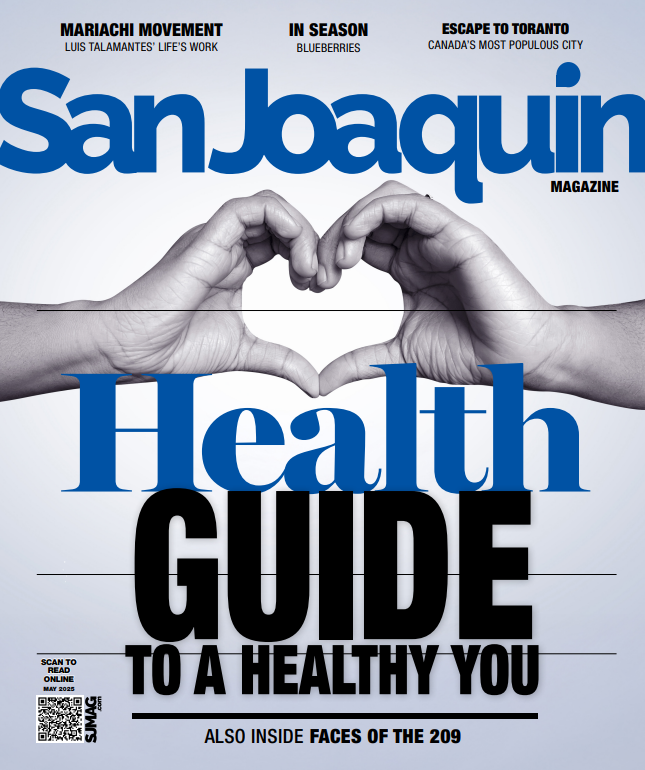
Since as many as 85 percent of individuals will experience lower back pain in their lifetime, it’s important to understand—and explore—the different reasons for your discomfort. Anything from a strained muscle to degenerative arthritis can be at play, and the appropriate treatments for each vary greatly. Read on to learn more about the peskiest, and most serious, issues to affect your back, as well as what you can do to find relief.
Most Common Back Issues
ISSUE: Muscle or tissue sprain or strain
SYMPTOM: General soreness in the muscle that should get better in a few days.
ISSUE: Disc injury
SYMPTOM: Can be associated with pain, numbness, or weakness into one or both legs. While most heal in six weeks, the problem can become chronic.
ISSUE: Compression fracture
SYMPTOM: Severe back pain caused by minor injury in someone with weak bones.
ISSUE: Degenerative arthritis
SYMPTOM: Can produce chronic/long-term pain and can lead to pain into the leg or legs and even difficulty walking.
What To Do
If you’re experiencing back pain, try and pinpoint what the underlying cause may be. A doctor will need to provide a diagnosis for many issues, but self-assessment is a good first step. Start by evaluating your pain/symptoms. For example, pain caused by a bulging disc feels different that pain caused by a pulled muscle. “Pain from [a] bulging disc can cause severe back and/or leg pain,” says Gary Alegre, MD, a board-certified orthopaedic surgeon and fellowship trained spine surgeon with Alpine Orthopaedic Medical Group. “A pulled muscle does not cause severe pain or pain into the leg.”
Next, consider the level of severity. Back pain from a pulled muscle can cause a lot of discomfort, but symptoms such as leg pain, problems controlling urination, and loss of sensation in the saddle area of your buttocks could all be indicative of an emergency. Less severe, pain that persists over several days or prevents walking should signal a call to the doctor. For minor pain, or as a first resort, start by resting a sore back, keeping good posture, and avoiding bending, twisting, or lifting. Whatever you do, stay on top of it. “Low back pain is the leading cause of disability in patients younger than 50,” Dr. Alegre says.
The doctor’s final thoughts? Most back pain resolves in a matter of days or weeks and isn’t severe, but prolonged back pain shouldn’t go undiagnosed.
“Low back pain occurs in all age groups, however, people between 35-50 years are affected most commonly,” – Dr. Alegre
Alpine Orthopaedic
2488 N. California St., Stockton
(209) 946-7200
AlpineOrthopaedic.com

